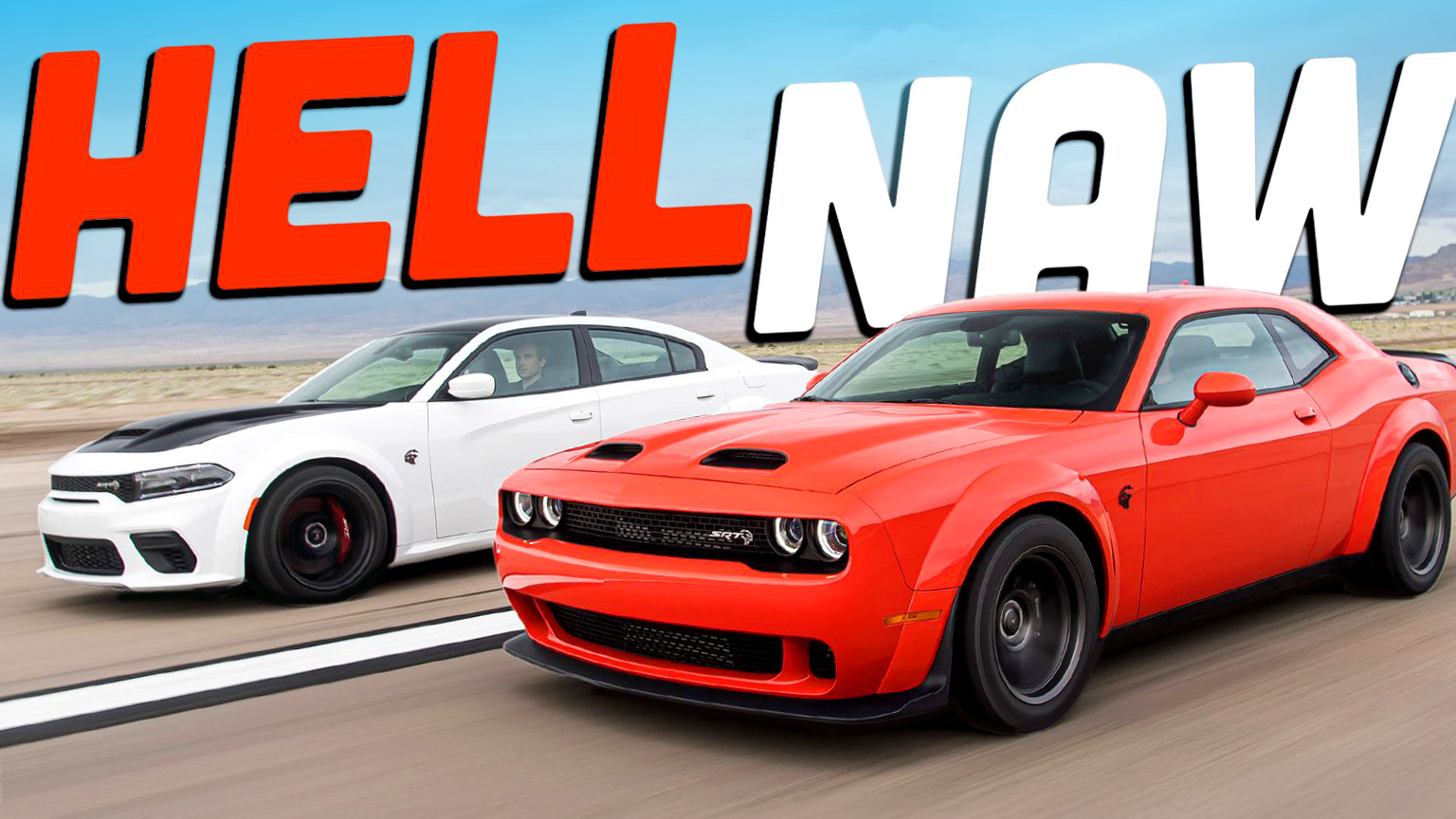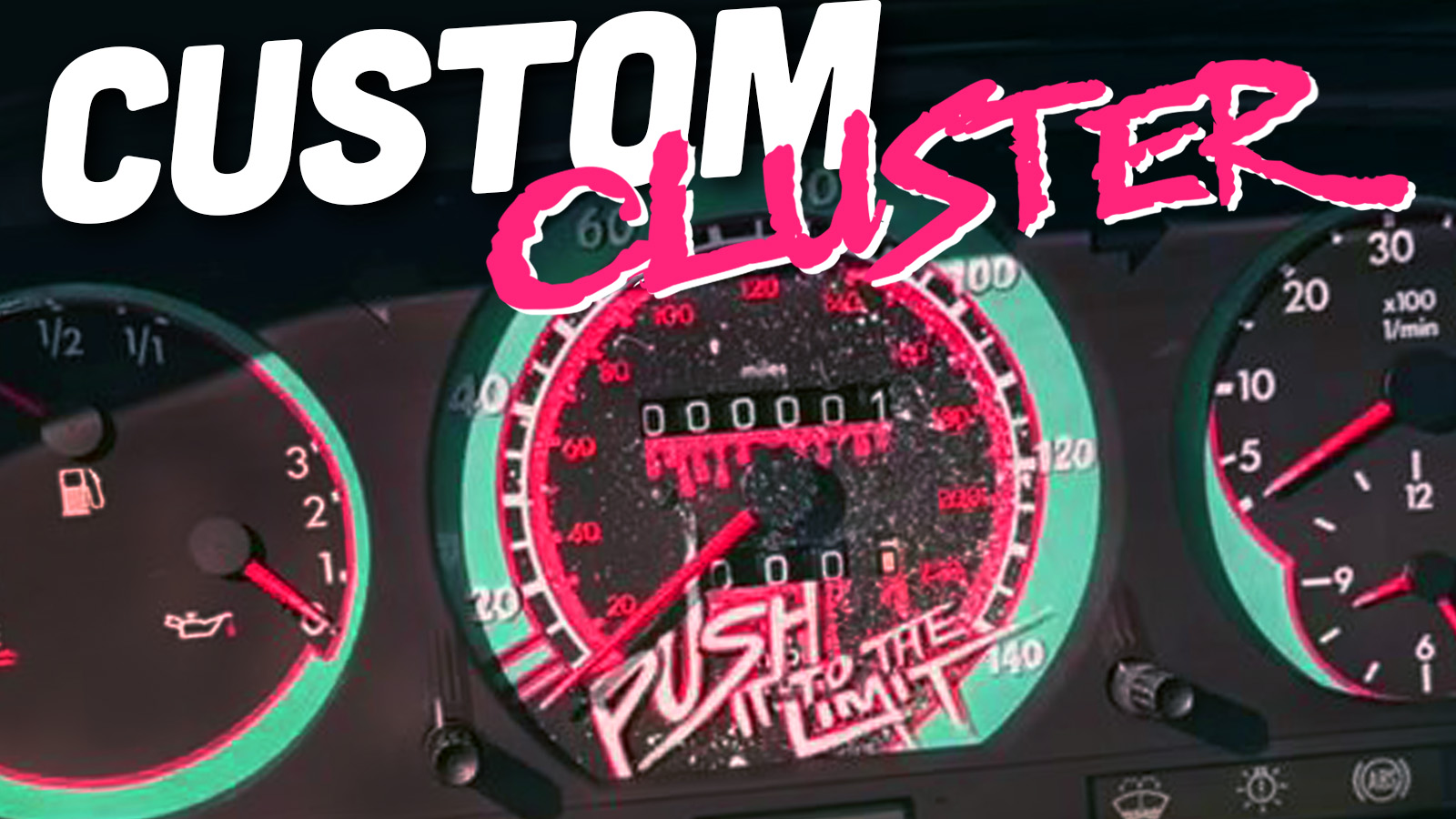The original Mini Cooper was introduced in 1959. In the following 41 years, nobody saw a need for a total redesign, continually evolving and refining the design to keep up with what buyers expected. It was and still is an icon, the car of the 1960s, so there was little need to evolve it.
BMW has owned Mini since 1994, and introduced an all-new Mini in 2001. Sure, it was larger, but that R53-generation Cooper was gorgeous. The perfect evolution of the original that created a modern car. I was smitten. I didn’t get my driver’s license until 2004, but I remember sitting on early configurators and pouring over brochures, trying to figure out how I could afford one. I even had my spec settled: grey, the optional Minilite-style wheels, body colored roof, no stripes.
Sadly, it wasn’t meant to be. They maintained value, and I couldn’t afford one. Now, they might be cheap, but my needs have changed that Mini doesn’t fit my life. We’re two ships passing in the night.

Over the last 25 years, BMW has taken a rather different strategy with Mini than its original English stewards. There are now multiple models and the cars have grown massively. And instead of evolving the same car over 25 years, we are now on our fourth generation of Cooper Hatch in that period.
In that time, it’s changed substantially. The latest generation hatch is 10 inches longer and about 500 pounds heavier than the 2001 model. It’s wider, more powerful, and full of tech. And now it doesn’t even have a manual transmission. All of that sounds like doom and gloom. This isn’t the same simple Mini Cooper. This is now a premium hatchback with a price to match.
Yet, somehow, the fourth-gen hatch feels the truest to the Mini mission since the 2001 reboot. Its emphasis is fun, it makes creative use of tech, and the design is fresh and interesting. And with the John Cooper Works package, it’s fast. But the car market is drastically different now than it was 25 years ago. Does a car like this still have a place?

Specs
- Engine: 2.0-liter turbocharged inline-four
- Gearbox: Seven-speed dual-clutch automatic
- Drivetrain: front-engine, front-wheel drive
- Output: 228 hp @ 5,000 rpm, 280 lb-ft @ 1,500 rpm
- Weight: 3,047 lbs
- Fuel Economy: 27 city, 37 hwy, 30 combined
- Base Price: $41,775
- As Tested: $44,375 (including delivery)
Maximum Mini
Every automaker from Ford to Volkswagen used to offer a three-door hatch. It was such a big market that some brands sold more than one model. Now, things are different. You might not believe it, but the Mini Cooper is the last three-door hatch left in the U.S. The good thing is that this means Mini has a monopoly on the market. The problem is that the market isn’t big enough for anyone else to consider taking a piece. (Update: I forgot the Fiat 500e, which is still sold here. Sorry. – TO)
This Mini isn’t what I’d call groundbreaking. It has a turbo four with 228 hp and 280 lb-ft of torque, all of which is sent to the front wheels. Like all Minis for 2025, the manual is dead and buried, with a seven-speed dual-clutch being the only transmission option. The new hatch is slightly larger than the car it replaces, which makes it the widest, longest, tallest, and heaviest three-door Mini ever. That’s not to say it’s a large car; it’s still 17 inches shorter than a Volkswagen GTI. It looks great. But somehow, I got in it and it felt huge.

I got out of a Crosstrek and directly into the Mini, and it felt like I had a lot of car around me. Too much hood in the front, too much room to the side. Minis have always been airy; you feel connected. Here, I felt like I was locked in a fortress. The Crosstrek felt smaller. An odd thing to say. It was the same when I started driving, I figured I’d acclimate immediately and be fine, but it took a while on the highway to suss everything out. I think I know why. The beltline appears higher, but the overall height has barely increased, so that means there’s less glass creating an open cabin. It’s not like you’re in a fifth-gen Camaro, which was one giant blindspot, but it does feel more insulating than Minis past. That’s too bad.
Once I got used to it, though, it started to become fun. And it started to showcase some of the things that are wrong with so many other modern cars.
The Good And The Bad
The Mini Hatch might be bigger and not offer a manual gearbox anymore, but it hasn’t strayed as far from the 2001 reboot as you might think. It’s still front-wheel drive, and this top-spec JCW (until the inevitable GP comes along) has 228 hp. In 2003, the first JCW had 200 hp. The increase in torque to that original, though, is nearly 100 lb-ft, and Mini seemingly has done little to mitigate torque steer. That makes it lively off the line. Some might call it annoying, others might say it has character, I put it somewhere in between.

My initial time spent in the Mini was on the highway, and I was disappointed. I expected something compliant and full of personality. What I got was a nondescript fast hatchback that was way too stiff. It bounced over bumps and just wasn’t fun. Combine that with the visibility issues that I mentioned earlier, and I didn’t think I was going to enjoy my time with this car. Of course, the highway isn’t what the JCW is intended for, so I got it out to some fun roads to see if maybe I’d gotten it wrong.
A lot of the decisions Mini took with this car were in the pursuit of fun at legal speeds. It’s not on huge fat tires, and they aren’t made of an overly sticky compound. It doesn’t have so much power or such tall gearing that it doesn’t let you shift a few times before getting to the speed limit. And while the steering is more distant than you’d want, it is direct and pointy, like those original Minis. The stiffer suspension makes more sense, too, thankfully, and the ride quality is vastly better when you’re not on a road with massive expansion joints.

I also think, shockingly, Mini didn’t make a huge error getting rid of the manual gearbox. Modern turbo engines, like the 2.0-liter BMW B48 in the Mini, work best when there’s no interruption in power delivery. Many times, a manual gearbox just won’t mesh with a complex engine like this. I’ve noticed this for a while, particularly with BMW’s newest high-performance engines.
Here, paired with a DCT, you kind of get the best of both worlds. Is it as engaging as a car with a manual gearbox? No. Is it effective, and while still allowing control? For sure. The best solution would be a lower-torque, high-revving naturally-aspirated engine like a Honda F20C hooked to a six-speed manual, but that isn’t the world we live in, sadly.

Out on some of NJ’s finest back roads–they exist, they really do, and they’re fun and not through sewage treatment plants, I promise–the little Mini was charming and engaging. The grand Mini tradition is to enter a corner and stay on throttle, because not being on throttle means you’ll loop it. Of course, this Mini is a lot more developed than the ones from the Sixties, so it won’t spin wildly out of control if you turn off the power. But it still has that fun character, it rotates on entry, and the front wheels scamper to pull you to the other side. It’s an enjoyable little thing. I shouldn’t be surprised, though, since I’ve felt this way about every Mini I’ve driven.
Little Details
Mini has always gotten the details right even if they’ve occasionally felt forced, overly British for the sake of being British. In this car, though, they’ve done a stellar job, particularly with the design.
It doesn’t look large, the update makes it appear squat and aggressive, without being bloated, which I think the last two generations were guilty of. This one, the John Cooper Works, adds some stripes and more aggressive styling, along with a single central exhaust pipe. Why add more? One is enough. Of course, Mini can’t really go nuts and try something totally different, since then it’ll have Brits rioting around the factory and calling for BMW’s head.

The interior is simply fantastic, a retro-futuristic take on the traditional Mini interior that just works. There’s creative use of fabrics on the dash and doors, something I haven’t seen and it’s so much better than the oceans of plastic and piano black that other automakers are using. The switches below the screen for the transmission, engine start, and modes are also toggles that hearken back to what was on the original Mini.
It’s dominated by the large, circular screen in the center of the dash that holds all the gauges and infotainment. It’s actually the only screen in the car; the gauges in front of the driver are done with a heads-up display. When you change the modes–or experiences, as Mini calls them–the screen also changes. So if you go into Go Kart mode, which is basically the sport button, the stereo lets out a Damon Albarn-esque WooHoo, you get gauges that show power delivery and more, the suspension is stiffer, and it adds fake burbles to the exhaust that come through the stereo, not outside. Ok, that last part kinda sucks.

However, there’s a mode that makes up for that. It’s called timeless and it shows gauges in a sepia tone that look like they’re out of a Mini in the Fifties. I love it, even more than the mode that lets you pretend to be a DJ. As cars get heavier and more complicated, it’s good to see Mini using tech in the pursuit of having a laugh.
Of course, none of this comes cheap. This is very much a premium car, and it comes with a premium price. That’s a problem. It’s considerably more expensive than the GR Corolla and Golf GTI, and touching the price of the Golf R and Civic Type R. If you’re simply looking for a fun hatch in the mid $40k range, there are options. It’s why I bought a Type R.
The biggest problem for the Hatch isn’t the Mini itself. It’s the car market. If you want a three-door hatch, it’s the only option, but buyers seem to believe they need three-row SUVs to drive their cat around on the weekend. That mentality needs to change. Hopefully, it will soon.







I think it’s pretty cool that you can get a Nest thermostat in it
I’m on my fourth new Mini Cooper.
I can — and do — drive just about anything I want.
I always come back to the Mini.
It’s just so nimble and fun to drive.
It makes me smile every time I drive it.
Fact: The current base model Mini is as quick as the 2001 Cooper S.
You don’t need to dump 44 large on a JCW to have a quick, fun and affordable car. Mid ’20s will do it.
I’ve had a 1972 Canadian-spec Mini 1000 for 28 years, and ever since I saw the new Mini concept in Frankfurt in 1997, I always told people, “If I didn’t work for General Motors, I’d probably be daily driving a new Mini.”
Well, after I got kicked to the curb last fall after nearly four decades, I needed a new daily driver–and I’ve been enjoying my new Chilli Red Cooper S three-door (white roof and mirrors, just like the original concept) ever since.
Is it a “real” Mini? No–but it’s definitely ‘mini’ compared to just about everything else on the road, just like the original, and I get plenty of compliments on it. It runs fine on regular gas and hits the mid-40s on the highway. Are some of the gimmicks over-the-top? Of course! But the personalization capabilities keep things fun, the driver-assistance tech (lanekeeping and adaptive cruise) work great, and the onboard digital assistant (“Hey, Mini, set the driver’s temperature to 73 degrees”) offsets the fact that there aren’t as many physical controls as some would like.
The only problem? Tech support is awful. Want to learn how to set up the wifi hotspot? Good luck. I figured it out on my own after numerous calls and emails (including the executive support team, which I managed to track down). But it’s only slightly worse than having to deal with OnStar, and I doubt any carmaker has cracked this particular code.
I don’t care if they “work better”, automatics are simply less fun. No stick, no sale to me for anything that is meant to be entertaining.
I had one of these as a rental a few years back out of SFO. It was fun, but it would have been more fun if could have rowed my own.
This review is not complete until Travis tells us how it rides from the back seat with Jeff Gordon driving.
As a classic mini driver, it was nice for BMW to finally recognize our existence at least. That said, this is in no way a mini, no matter how hard BMW’s lawyers try to enforce their trademark rights. Since the BMW (not) Mini came out in 2000 I’ve bought 3 VW Golfs and 0 Minis… That says it all!
It’s all relative. Given how much bigger the average American (or Brit, for that matter is) today than the 60s, and how much bigger the other Canyoneros we share the road with are, these things are just as small as they ever were.
My gripe with them is that they are just kind of silly. I am just far more a Golf sort of dude than a silly retro car sort of dude. So I have bought two new Golfs (TDI and GTI) and zero MINIs.
I love the classic Mini in concept, but I don’t really have any interest in daily driving something like that in 2025. Flog one on a sunny Sunday, sure.
I hate to leave the overly simplistic, cliche comment but I’m gonna do it anyway.
Fake burbles and and no manual? No thank you.
Sometimes things become cliche because they’re universally true.
I was on and off again as I read, then you mentioned the fake burbles. Bleh.
I almost bought a MINI around 2013-14, looking for a small fun car. I saw an ad for the JCW & was smitten, till I saw I couldn’t afford it.
Then the Fiat 500 Abarth reared its head, with a $6k rebate to move the ’13s out for the ’14s. I owned one for 7 years and only had a few axel issues the whole time. Loved that thing.
I have moved on to my GR Corolla and haven’t looked back at MINIs, which might be a shame.
“buyers seem to believe they need three-row SUVs to drive their cat around on the weekend”. This is so on-point.
Yes and no…especially these days, you need one vehicle that can do the most stuff. With the lack of size limitations on most US roads (or driveways or garages), that almost always means a bigger vehicle.
I passed on a 2018 Countryman S last week. It does almost all the “Mini things” nearly as well as the actual Mini (a little slower and heavier) but it was just too much compromise for too little extra fun or economy.
Also the prices when new are eye-wateringly high. The used market is much kinder to buyers 🙂